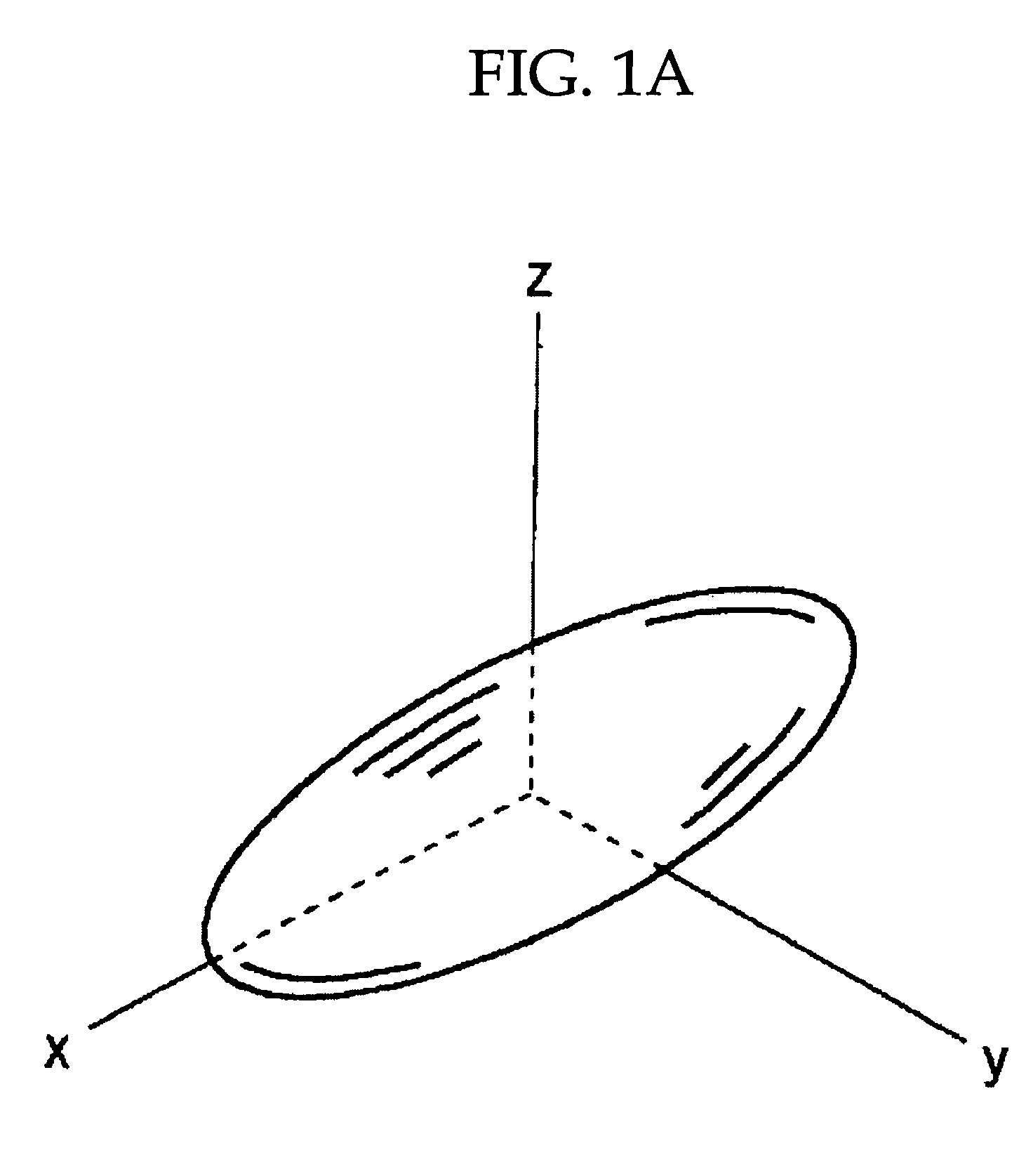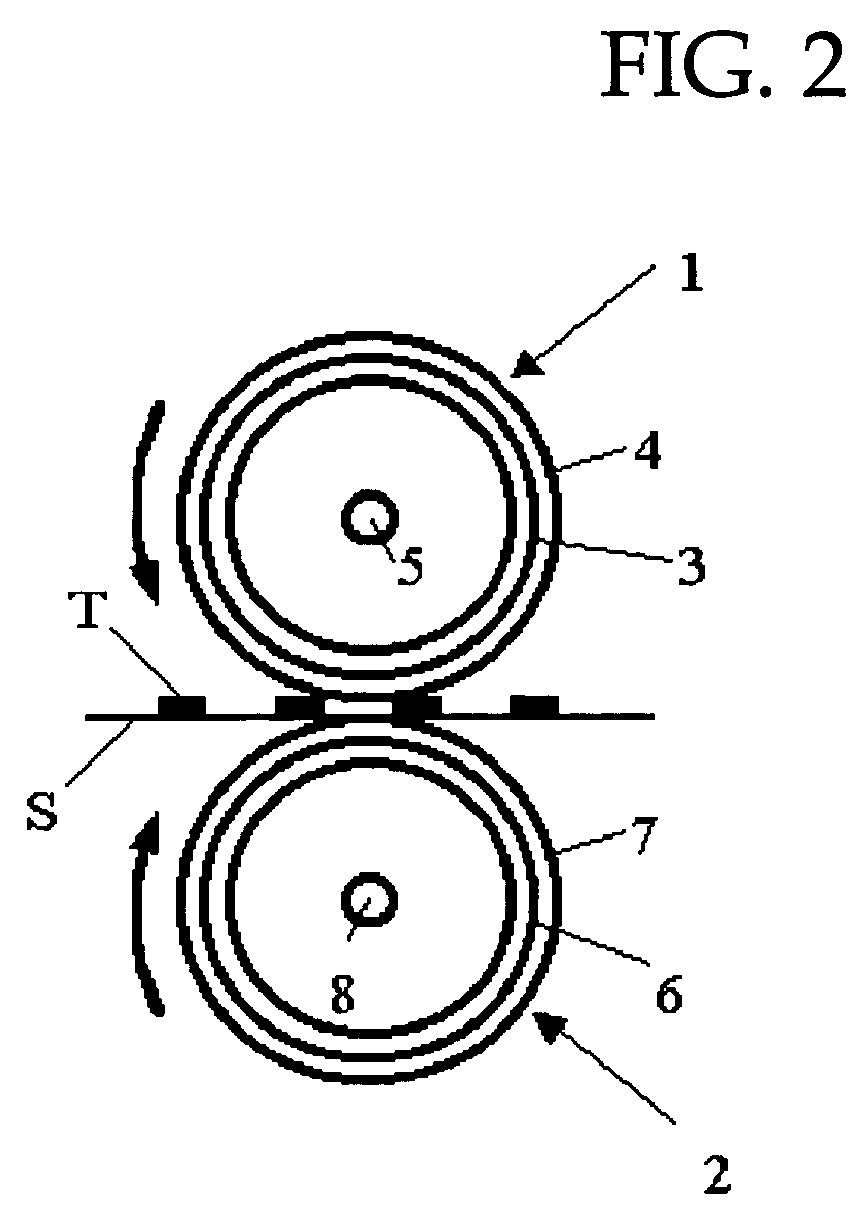Toner and developer for developing latent electrostatic images, and image forming apparatus
a technology of latent electrostatic images and toner and developer, which is applied in the direction of electrographic process, electrographic apparatus, instruments, etc., can solve the problems of excessive melting of toner and adhesion of toner to the heat roller, insufficient image fixing, and insufficient so as to improve the low-temperature image fixing properties and offset resistance, and reduce power consumption.
- Summary
- Abstract
- Description
- Claims
- Application Information
AI Technical Summary
Benefits of technology
Problems solved by technology
Method used
Image
Examples
preparation example 1
Preparation of Graft Polymer
[0211]In an autoclave reactor equipped with a thermometer and a stirrer were placed and sufficiently dissolved 450 parts of xylene and 150 parts of a low-molecular-weight polyethylene Sanwax LEL 400 (trade name, available from Sanyo Chemical Industries, Ltd.; softening point: 128° C.) as a wax. After replacing the inner atmosphere with nitrogen gas, a mixture of 594 parts of styrene, 255 parts of methyl methacrylate, 34.3 parts of di t butyl peroxyhexahydroterephthalate and 120 parts of xylene was added dropwise at 155° C. over 2 hours for polymerization, and the reaction mixture was held at 155° C. for further 1 hour. The solvent was then removed, to yield Graft Polymer W-1 having a number average molecular weight of 3,300, a weight average molecular weight of 12,000, a glass transition temperature Tg of 65.2° C., and a solubility parameter SP of a vinyl resin of 10.4 (cal / cm3)1 / 2.
preparation example 2
Preparation of Graft Polymer
[0212]In an autoclave reactor equipped with a thermometer and a stirrer were placed and sufficiently dissolved 400 parts of xylene and 150 parts of a low-molecular-weight polypropylene Viscol 440P (trade name, available from Sanyo Chemical Industries, Ltd.; softening point: 153° C.). After replacing the inner atmosphere with nitrogen gas, a mixture of 665 parts of styrene, 185 parts of butyl acrylate, 8.5 parts of di t butyl peroxyhexahydroterephthalate and 120 parts of xylene was added dropwise at 160° C. over 2 hours for polymerization, and the reaction mixture was held at 150° C. for further 1 hour. The solvent was then removed, to yield Graft Polymer W-2 having a number average molecular weight of 8,300, a weight average molecular weight of 22,900, a glass transition temperature Tg of 60.5° C., and a solubility parameter SP of a vinyl resin of 10.4 (cal / cm3)1 / 2.
preparation example 3
Preparation of Graft Polymer
[0213]In an autoclave reactor equipped with a thermometer and a stirrer were placed and sufficiently dissolved 450 parts of xylene and 200 parts of a low-molecular-weight polypropylene Viscol 440P (trade name, available from Sanyo Chemical Industries, Ltd.; softening point: 153° C.). After replacing the inner atmosphere with nitrogen gas, a mixture of 200 parts of styrene, 600 parts of methyl methacrylate, 32.3 parts of di t butyl peroxyhexahydroterephthalate and 120 parts of xylene was added dropwise at 150° C. over 2 hours for polymerization, and the reaction mixture was held at 160° C. for further 1 hour. The solvent was then removed, to yield Graft Polymer W-3 having a number average molecular weight of 3,200, a weight average molecular weight of 17,000, a glass transition temperature Tg of 55.3° C., and a solubility parameter SP of a vinyl resin of 10.1 (cal / cm3)1 / 2.
PUM
| Property | Measurement | Unit |
|---|---|---|
| Percent by mass | aaaaa | aaaaa |
| Percent by mass | aaaaa | aaaaa |
| Pressure | aaaaa | aaaaa |
Abstract
Description
Claims
Application Information
 Login to View More
Login to View More - R&D
- Intellectual Property
- Life Sciences
- Materials
- Tech Scout
- Unparalleled Data Quality
- Higher Quality Content
- 60% Fewer Hallucinations
Browse by: Latest US Patents, China's latest patents, Technical Efficacy Thesaurus, Application Domain, Technology Topic, Popular Technical Reports.
© 2025 PatSnap. All rights reserved.Legal|Privacy policy|Modern Slavery Act Transparency Statement|Sitemap|About US| Contact US: help@patsnap.com



